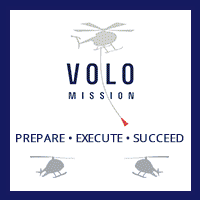Would you be interested?
Study Guides
44 members have voted
-
1. Would you buy an indepth study guide aimed at commercial students?
-
Yes34
-
No10
-
-
2. Do you already own a study guide you bought previously?
-
Yes13
-
No31
-
-
3. Look at the contents of the guide posted, would you be interested in buying such a study guide? (Roughly 500+ questions total)
-
Gimme-Gimme!31
-
No thanks13
-











Recommended Posts
Join the conversation
You can post now and register later. If you have an account, sign in now to post with your account.
Note: Your post will require moderator approval before it will be visible.